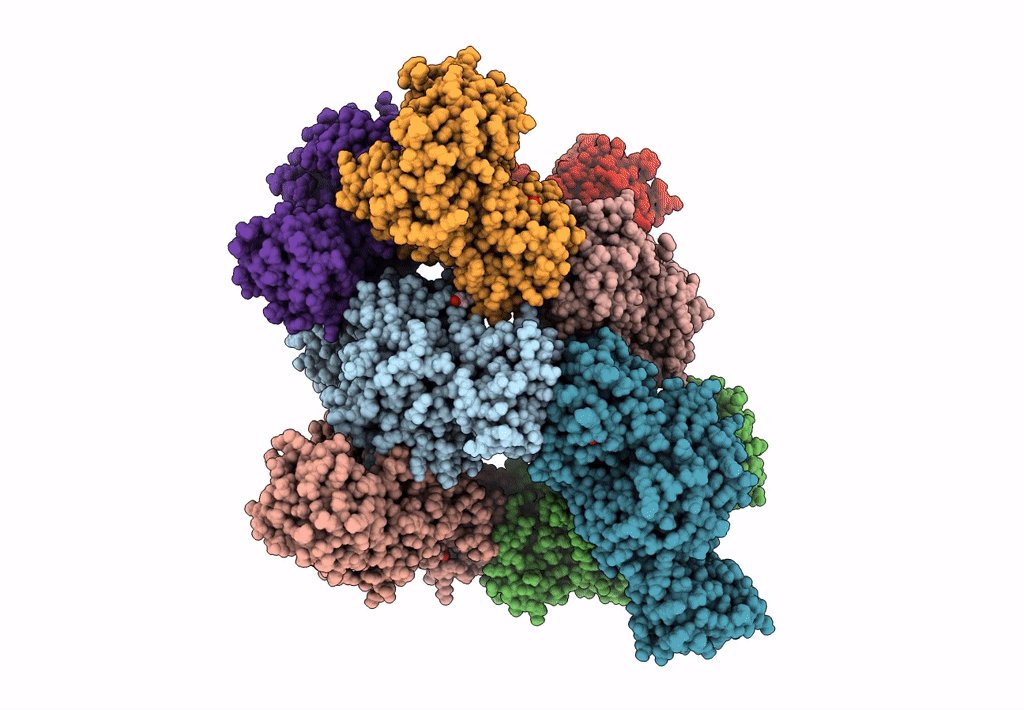
Deposition Date
2022-03-21
Release Date
2023-03-29
Last Version Date
2023-10-25
Method Details:
Experimental Method:
Resolution:
2.40 Å
R-Value Free:
0.24
R-Value Work:
0.18
R-Value Observed:
0.18
Space Group:
P 21 21 2


